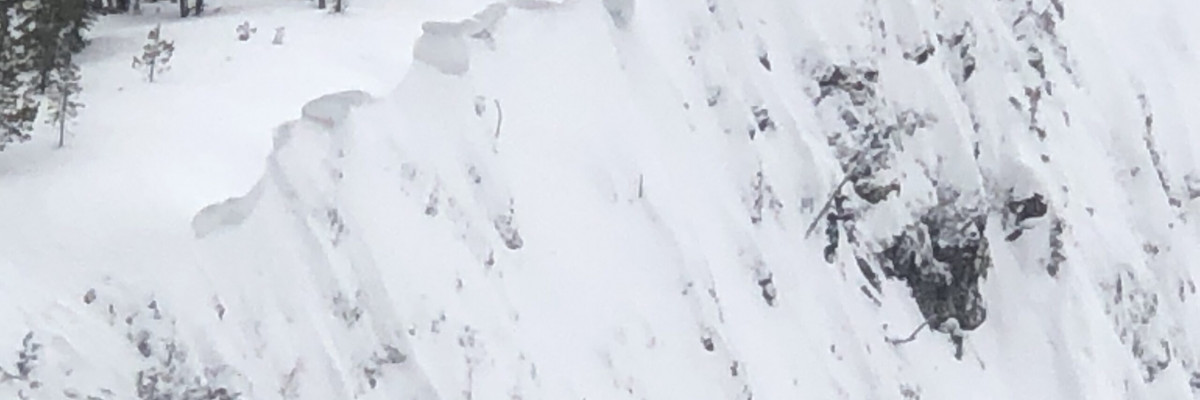The current avalanche danger for the west central Montana backcountry is High on wind loaded slopes and considerable on all other slopes. Avoid traveling on or below wind loaded slopes. Dangerous avalanche conditions exist. Careful snowpack evaluation, cautious route-finding, and conservative-decision making are essential to recreate today.
Good morning, this is Travis Craft with the West Central Montana Avalanche Center’s avalanche advisory for January 18, 2019. This danger rating does not apply to operating ski areas, expires at midnight tonight and is the sole responsibility of the U.S. Forest Service.
Weather and Snowpack
Mountain temperatures range from 23 F to 32 F. In the Bitterroot winds are 7 mph with gusts of 20 mph out of the West. In the northern part of the advisory area, winds are 3 mph and gusting to 6 mph out of the ESE. The forecast area has received 6 to 12 inches of snow adding between .6 and 1.3 SWE to the snowpack.
The primary avalanche problem today is wind drifted snow. Wind slabs are on leeward slopes (video).These slabs have been deposited on a variety of old snow surfaces and will be very sensitive to human triggers. Identify wind drifted terrain; look for rounded pillows and shooting cracks. Avoid traveling on or under wind drifted terrain today.
The second avalanche concern is storm slabs. New snow has been deposited on a variety of old snow surfaces(near surface facets, surface hoar, and a variety of crusts) and needs time to bond. These slabs will be reactive to human triggers today.
The last problem is persistent slabs. The new snow will add additional weight to our weak layers in the snowpack and may reactivate some of the layers that have been dormant(facets at the base of our snowpack and buried surface hoar).
Bottom line: We have dangerous avalanche conditions in our forecast area. Avoid wind drifted terrain. Choose low angle slopes(less than 30 degrees) to enjoy the new snow. It is a real possibility to trigger a wind slab or storm slab on steep terrain and have it step down into the bottom of our snowpack and cause a large or very large avalanche.
Avalanche and Weather Outlook
The region will continue to have scattered showers till the afternoon. Then a new system will move in on Saturday. See the forecast here. I will issue the next advisory tomorrow.
If you get out into the mountains, please share what you see on our public observations page. They are not only helpful to your community but extremely helpful to us.
Ski and ride safe.
























